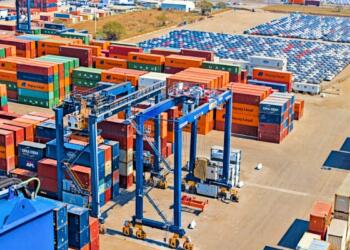
Considering that societies live in an environment overloaded with information, it is necessary to outline a strategy that helps manage and select the data that will be useful to freight transport companies to streamline their operations while also facilitating the work for operators.
While there is plenty of data available, it is essential to prioritize it so that it serves effectively and companies can make the most of this information. For example, data obtained from the units regarding fault codes help alert operators in time to prevent vehicles from failing on the road.
Likewise, technology is designed to correct driving habits that could lead to road accidents, physical damage to the units, or risky situations. “This makes operations much more agile,” said Eduardo Allegre, CEO of Mobile Metric, in an interview with T21.
Technological tools can improve driving habits of the units and contribute to reducing road accidents. “This helps companies have more skilled operators and increase road safety, as unfortunately, fatigue is the number one factor involved in road accidents. Therefore, having tools that help operators stay alert or alert them to the risks they face is crucial,” Allegre commented.
Today, safe and comprehensive fleet management in a data and artificial intelligence environment can prevent many reworks and help transport companies start riding the wave of new technologies by incorporating artificial intelligence as a crucial element for their operations.
“It’s not just about the adoption of hardware and software but the implementation itself within organizations. That’s why we manage data from different sources and help companies ensure this process flows internally,” Allegre explained.
Another important area where data can facilitate operations is in preventive and corrective maintenance, which also allows fleets to spend much more time on the road and fewer hours in repair workshops.
“All this information helps in decision-making to improve fleets and allows for much more productive units. Likewise, it is possible to eliminate the need for backup units for contingencies. Generally, companies had 10% of their fleet as backup vehicles, especially in the last mile. The goal is to reduce this volume based on preventive maintenance and artificial intelligence,” Allegre affirmed.














